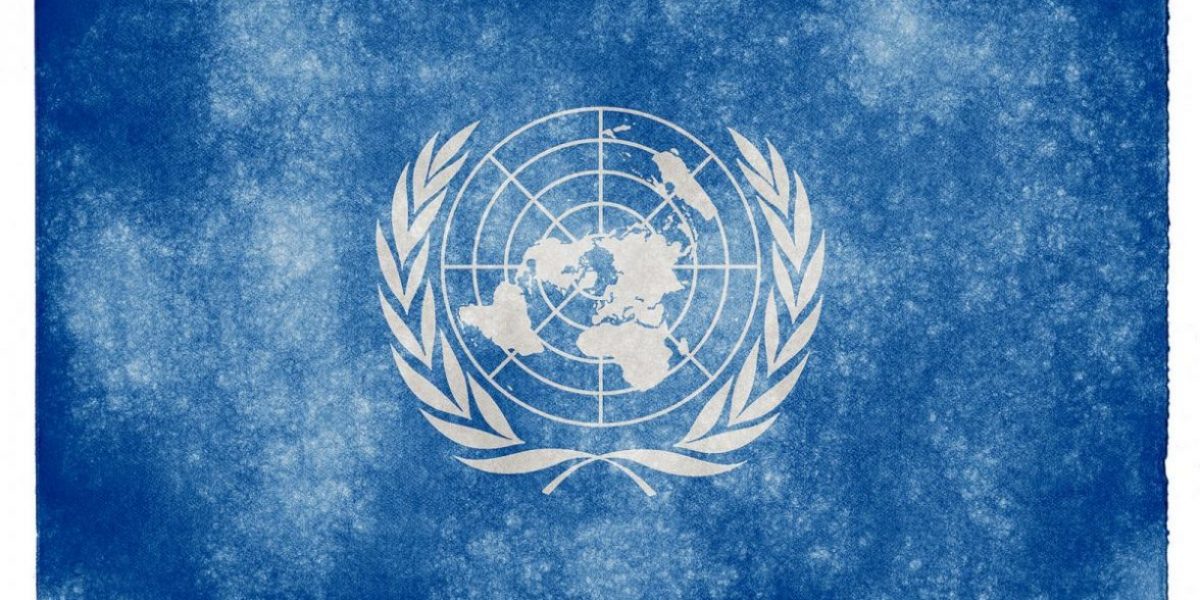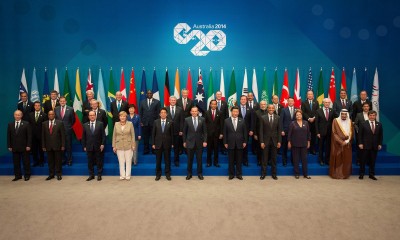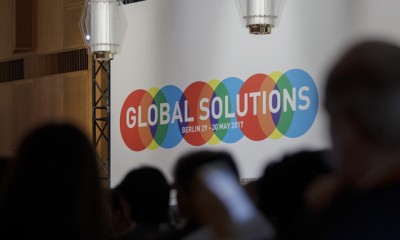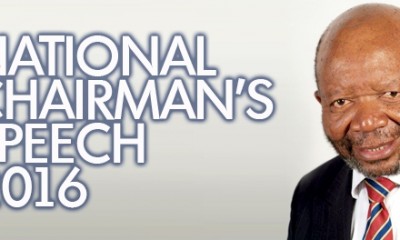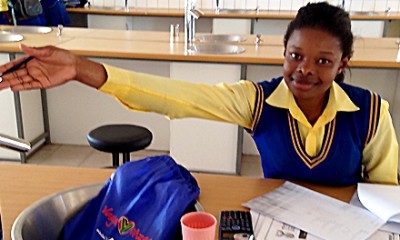Strategies to achieve MDGs: Developing countries should adopt strategies bold enough to meet the Millennium Development Goals (MDGs) by 2015. By 2006, countries must have poverty reduction strategies in line with the MDGs.
Scale up public investments: The MDG-based poverty reduction strategies should anchor the scaling up of public investments, capacity building, domestic resource mobilisation, and official development assistance (ODA). It should aim to strengthen governance, promote the private sector, human rights and engage civil society. The strategies should:
- Be based on an assessment of investments and policies needed to reach the goals by 2015.
- Spell out national investments, policies, and budgets for the coming three to five years.
- Focus on rural and urban productivity, health, education, gender equality, water and sanitation, environmental sustainability, science, technology and innovation.
- Focus on women and girls’ health including reproductive health, access to economic and political opportunities, right to control assets and freedom from violence.
- Promote transparent and decentralised governance mechanisms.
- Include strategies for training and retaining skilled workers.
- Outline income generation strategies for poor people.
- Be tailored to support the special needs of landlocked, small-island, developing, least-developed and fragile states.
- Mobilise increased domestic resources by up to four percentage points of GNP by 2015.
- Work out an ‘exit strategy’ to end aid dependency.
Transparent development: Developing countries should implement these strategies in transparent and inclusive processes, working closely with civil society organisations, the private sector and international partners.
Fast-track countries: International donors should identify at least a dozen MDG ‘fast-track’ countries for a rapid scale-up of ODA in 2005.
Quick wins: Developed and developing countries should launch ‘Quick Win’ actions in 2005. They include:
- Free distribution of malaria bed nets and anti-malaria medicines for all children in affected regions by the end of 2007.
- Ending user fees for primary schools and essential health services by the end of 2006.
- Bringing 3 million AIDS patients in developing countries onto antiretroviral treatment by the end of 2005.
- Expanding school meals programmes in hunger hotspots using locally produced foods by the end of 2006.
- A replenishment of soil nutrients on farms with nutrient-depleted soils, through free or subsidised distribution of chemical fertilisers and agro-forestry, by the end of 2006.
A massive training programme of community-based workers should aim to ensure local communities have expertise in health, education, agriculture, nutrition, infrastructure, water supply and sanitation, environmental and public sector management.
Cross-border projects – infrastructure and governance: Developing countries must align national strategies with regional initiatives like Nepad and the Caribbean Community, and should receive increased donor funding. Regional groups should implement high-priority cross-border infrastructure projects with donor aid and carry out peer-review mechanisms to promote best practices and good governance.
Donors double aid and increase debt relief: High-income countries should increase ODA from 0.25% of donor GNP in 2003 to around 0.44% in 2006 and 0.54% in 2015 to support the MDGs. ODA quality should be improved to include aid that is harmonised, predictable and largely in the form of grants-based budget support. Debt relief should be more extensive and generous.
- ODA should be based on actual needs to meet MDGs and on countries’ readiness to use the money effectively.
- Criteria for evaluating the sustainability of a country’s debt burden must be consistent with the achievement of the goals.
- Aid should support MDG-based poverty reduction strategies, rather than support donor-driven projects.
- Donors should measure and report the share of their ODA that supports the actual scale-up of MDG-related investments.
- Middle-income countries should also seek opportunities to become providers of ODA and give technical support to low-income countries.
Open access to rich countries’ markets: High-income countries should open their markets to developing countries and help least developed countries raise exports through investments in trade-related infrastructure, including electricity, roads and ports.
$7 billion a year for science and technology: International donors should mobilise support for global scientific research and development to address special needs of the poor in areas of health, agriculture, natural resource and environmental management, energy and climate. The total needs should rise to about $7 billion a year by 2015.
Better donor coordination: The UN Secretary-General and the UN Development Group should strengthen the coordination of UN agencies, funds and programmes to support the MDGs at headquarters and country level. UN country teams must be properly trained and work closely with the World Bank, IMF and regional development banks to improve technical advice and support the goals.

